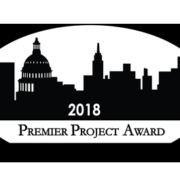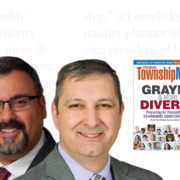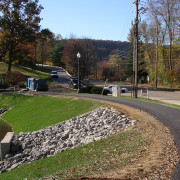Stop Speeding in Your Neighborhood
A version of this article was printed in the September 2017 issue of Pennsylvania Borough News magazine.

A comprehensive traffic calming program that includes community education and involvement, enhanced enforcement, and engineering control is the most effective way to stop speeders and make your neighborhood safe for pedestrians.
Municipal officials frequently get calls from their residents about speeding on local streets. People are worried that they or their children might get hit by a car, or a dangerous vehicle collision could occur. These are valid concerns that need to be addressed. Unfortunately, many residents think stop signs are the way to fix the problem, and they pressure their officials to post them on their street.
But stop signs do not reduce vehicle speeds. They are meant to indicate who has the right-of-way when traffic is coming from different directions, and state DOTs require municipalities to conduct a stop sign warrant analysis to make sure the intersection meets the conditions necessary to require a complete stop. If a municipality installs a stop sign where it is not warranted, it can present liability concerns, and studies indicate that stop signs are not effective for reducing speed anyway.
Drivers respond more to roadway conditions than signage – especially if they feel that signage is in conflict with those conditions. In study after study, drivers who come to a stop-controlled intersection with no other traffic in the area frequently roll through the sign, slowing down for a few seconds rather than coming to a complete stop. Then they often speed up more aggressively after moving through the intersection to make up for lost time.
A study conducted in Michigan by Richard Beaubien and published by the Institute of Transportation Engineers showed that placing stop signs along a roadway increased driver speeds, rather than decreasing them, and studies in Boulder, Colorado, and California have had similar results.
Lowering the speed limit below typical roadway safety standards is also ineffective because most drivers travel at a speed they deem typical for the roadway conditions, rather than constantly checking their speedometer against speed limit signs.
So what can you do to stop speeding on your local roads?
Institute a neighborhood traffic calming program that emphasizes community involvement and combines education and enforcement with engineering techniques such as speed humps.
Educate your residents with a community awareness campaign
Studies and enforcement data history indicate that the majority of speeding on local roads is done by drivers who live in those neighborhoods, so a community education campaign that includes articles in the municipal newsletter or posters at community gathering places (such as schools, libraries, and recreation centers) can be very effective at increasing awareness and reducing speeds. Articles in the local newspaper or community magazine can also be helpful if the problem is significant enough to warrant it, and yard signs reminding people to slow down reinforce the point.
Back it up with enhanced enforcement
When educating the public about a speeding problem in your neighborhood, it’s important to tell them why you want to reduce speeds (including information on any crashes that may have occurred or the compromised safety of pedestrians). It’s also important to connect your education effort with enhanced enforcement by police and let people know that tickets will be issued. Education by itself will not deter speeders for long; the threat of fines is necessary to reduce speeding over the long haul.
Control speed with engineering devices (like speed humps), as needed
While education and enforcement can help reduce excessive speed in most situations, sometimes drivers need an extra nudge or reminder to slow down. A traffic engineer can help you install measures that will encourage or even force drivers to slow down such as speed humps, rumble strips, traffic islands, road narrowing, and pavement markings. (In another article in this series, we describe each of these measures, their cost, and their effectiveness.)
A comprehensive traffic calming program like this that combines education, enforcement, and engineering design can be very successful at eliminating speeding on local roads, but governing requires the consent of the governed. Therefore, the effectiveness of a traffic calming program depends most of all on how invested the community is in making it work. This makes community involvement from the earliest stages very important.
Many communities find it helpful to create a committee of residents to address traffic concerns in the neighborhood. The committee can provide information on speeding and other traffic issues and work with the municipal officials, their retained engineer, and police to devise a strategy to address them. All final decisions are made by municipal officials, but the committee plays a significant role in advising them and helping to determine a solution.
Working as a team, municipal officials, law enforcement, and residents can make roadways safer for the entire community.
For more information on traffic calming programs, read our other articles:
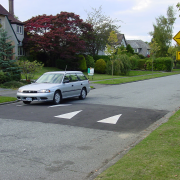 Speed Humps and Other Traffic Control Techniques
Speed Humps and Other Traffic Control Techniques
There are many different traffic calming techniques, ranging from planting trees to constructing geometric roadway improvements. Read a description of the most common techniques, their cost, and their effectiveness.

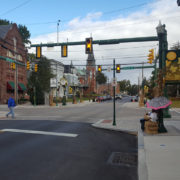
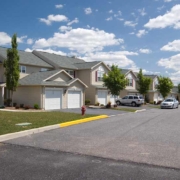
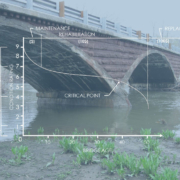 Herbert, Rowland & Grubic, Inc.
Herbert, Rowland & Grubic, Inc. 